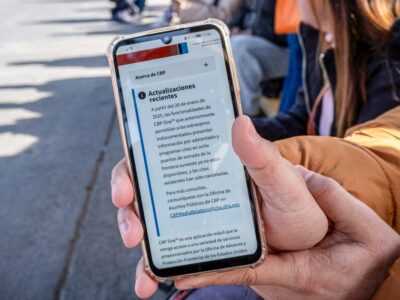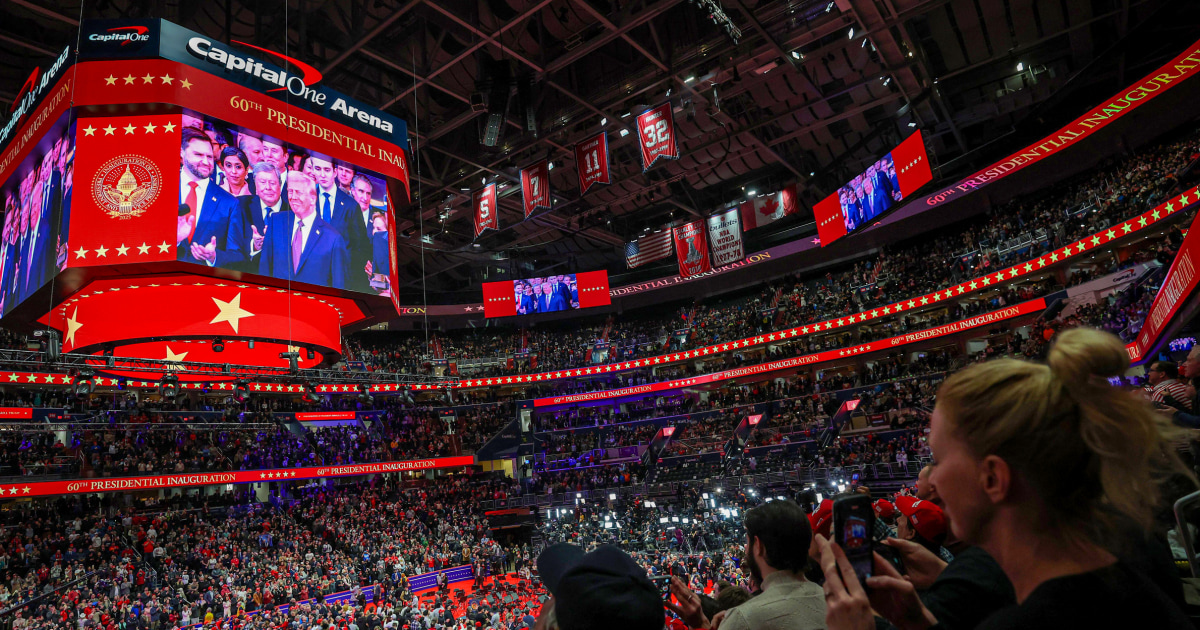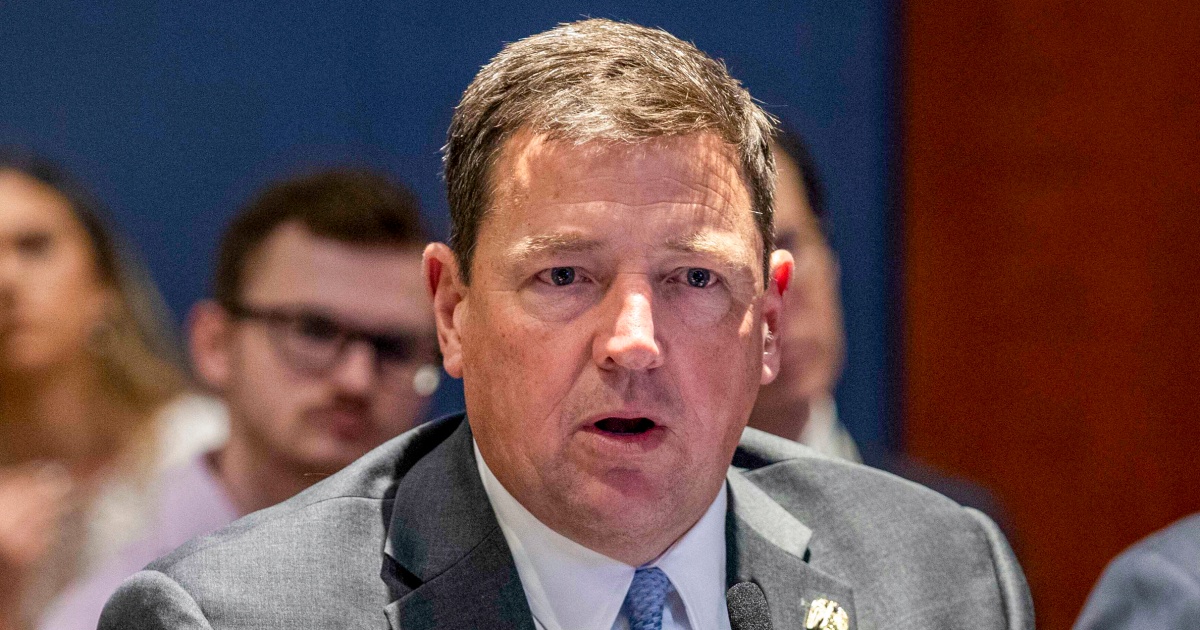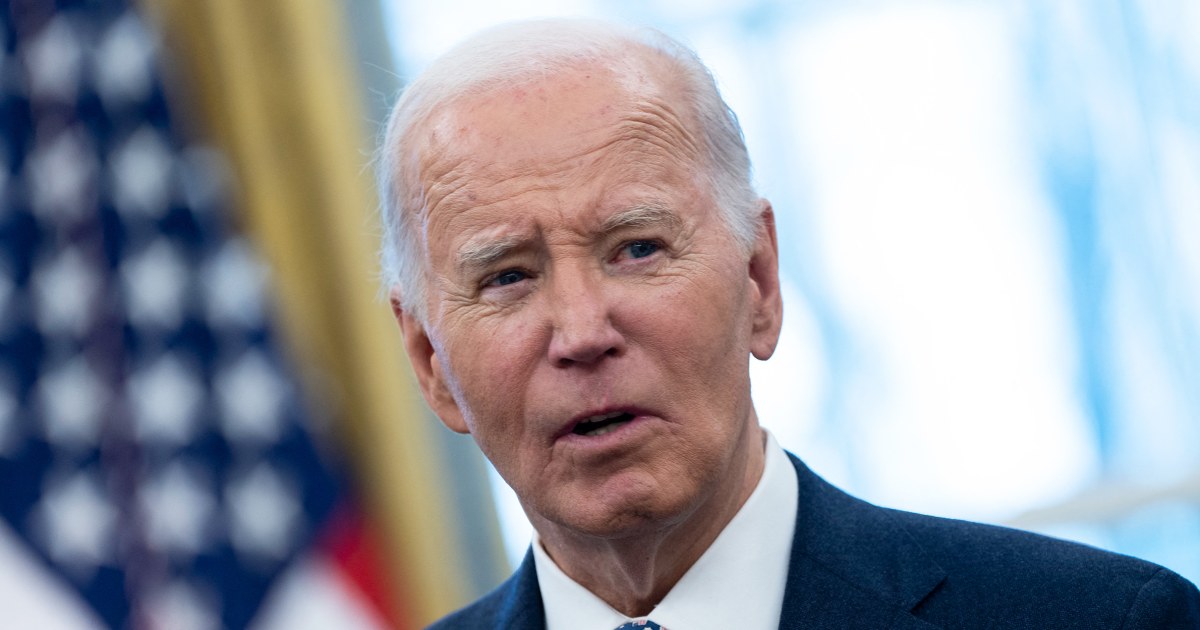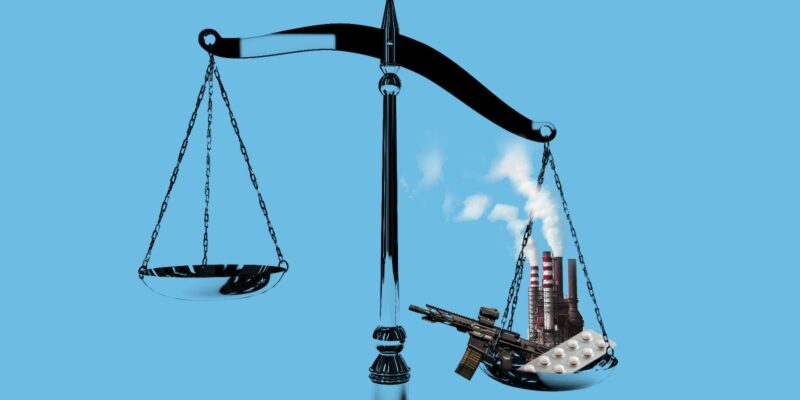
In the coming weeks, the Supreme Court will release several opinions that implicate the health and safety of every American. Citizens may believe that the court’s decisions are far removed from their everyday lives. But this term, at least, they will hit close to home. From the environment, to medical care, to the hot-button issues of guns and abortion, over the past year the court took up a string of cases that will affect how well we live—and how long.
The vast and critically important implications of these coming rulings pose a key question: Should judges be the ones deciding the rules and regulations that so intimately affect Americans’ lives? In case after case, the court is contemplating overruling decisions made by Congress and administrative agencies to protect Americans’ safety. One of the most critical cases this term raises that very issue: who in government gets to decide detailed questions about our medical care, drug safety, chemicals in the air and water, food safety, and much more? It’s likely that in a pair of cases this term, the justices will decide that the best people to make those decisions are unelected judges—and ultimately, the justices themselves.
The Chevron case puts thousands of regulations related to Americans’ health and safety at risk.
In a set of cases challenging a fishing regulation, the justices are considering whether to end or limit a principle of judicial decision-making called Chevron Deference, under which judges defer to administrative agencies if the law is ambiguous and the agency interpretation is reasonable. The rule was enshrined in the 1984 case Chevron v. National Resources Defense Council, but “this practice of deferring to reasonable agency interpretations of ambiguous statutes was well established in the case law handed down by the Supreme Court” by the mid-1940s, says Miriam Becker-Cohen, an appellate counsel at the liberal Constitutional Accountability Center.
The case implicates thousands of regulations promulgated every year, many having to do with Americans’ health and safety. In an amicus brief, the American Cancer Society warned that deference is critical to the administration of Medicaid, Medicare, and the Children’s Health Insurance Program, which together provide healthcare to nearly half the US population. Agency experts, they argued, are best positioned to interpret statutory terms like “geographic area,” “costs incurred,” and “nursing-related services.” Given the amounts of money spent on health care, without Chevron, litigation would abound. “The resulting uncertainty would be extraordinarily destabilizing, not just to the Medicare and Medicaid programs but also—given the size of these programs—to the operational and financial stability of the country’s health care system as a whole,” the brief warns.
The effects of sunsetting Chevron would go far beyond healthcare. Civil rights groups warn that laws protecting minorities in housing, employment, and financial services could be gutted by newly-empowered judges. Agencies, guided by scientists and other experts, work to protect Americans from toxic chemicals, to keep air and water clean, maintain food safety, and on and on. “Is a new product designed to promote healthy cholesterol levels a dietary supplement, or a drug?” Justice Elena Kagan asked during oral arguments, raising just one hypothetical question that, if Chevron were overruled, might transfer from doctors to judges. With changes this broad, everyone’s safety would be implicated.
“When the administrative state falls into a sinkhole, or quicksand, because of this court,” Georgetown Law professor Michele Goodwin warns, it will impact how people “actually have a healthy and, in fact, even joyful life.”
Guns are another issue critical to Americans’ health and safety. In 2017, a gunman used semi-automatic rifles equipped with bump stocks to fire on concert-goers in Las Vegas. A bump stock is a firearm accessory that turns a semi-automatic rifle into a continuously firing weapon that discharges dozens of bullets in seconds. In 11 minutes, the shooter struck 500 people, killing 60—the deadliest mass shooting in the country’s history. In the aftermath, the Bureau of Alcohol, Tobacco, and Firearms banned bump stocks by defining them as illegal machine guns. In Garland v. Cargill, the justices are weighing whether to overturn that decision. Such a ruling by the court would allow Americans to own, for all intents and purposes, automatic weapons. One need only look to Las Vegas to understand the cases’ significant potential to impact Americans’ health and safety.
Lawmakers say ending the bump stock ban would “shackle” Congress’ ability to keep people safe.
In a second major gun case, the justices are considering whether a federal law barring firearm possession by people subject to domestic violence restraining orders violates the Second Amendment’s right to bear arms. Victims of domestic abuse rely on the law to survive. “As one study found, the risk of intimate-partner homicide increases 500% when abusers have access to a firearm,” an amicus brief submitted by domestic violence prevention groups states. “Another determined that an average of seventy (70) women are shot and killed by intimate partners per month.” When Congress decided to ban gun possession by abusers in 1994, it had found that domestic violence was “the leading cause of injury to women in the United States between the ages of 15 and 44,” and that “firearms are used by the abuser in 7 percent of domestic violence incidents.”
In a brief submitted by Democratic members of Congress, lawmakers argued that invalidating the ban would “shackle” Congress’ ability to keep people safe, and render it “unable to develop innovative solutions for the benefit of the public.” Moreover, they warn, such a decision would “generate a wave of litigation” challenging other public safety-minded gun restrictions “that will burden the courts and hamper legislatures’ ability to address public safety needs.”
Public health and safety are closely tied to the environment. This term, the court heard a challenge to an EPA rule intended to protect against air pollution under the Clean Air Act. The case involves the legality of the Good Neighbor provision, which protects downwind states from harmful pollution originating in upwind states. According to the EPA, the rule will “improve air quality for millions of people living in downwind communities, saving thousands of lives, keeping people out of the hospital, preventing asthma attacks, and reducing sick days.” In 2026 alone, the agency estimated that the rule would prevent around 1,300 premature deaths and 2,300 hospital and emergency room visits, cut asthma symptoms by 1.3 million cases, and eliminate 430,000 school absence days and 25,000 lost work days.
But after oral arguments in February, the court’s Republican-appointed majority appeared ready to block the provision. The case arrived at the court following a complex series of lawsuits, and the justices agreed to hear the challenge on an emergency basis, short-circuiting the lower courts. Should the Supreme Court decide to halt the EPA’s rule, it will have gone out of its way to impede environmental safety when the issue could have been left to the normal judicial process.
In 1986, Congress passed the Emergency Medical Treatment and Labor Act (EMTALA), to stop hospitals from “dumping” uninsured or poor patients who showed up in need of emergency care. In 2022, Idaho banned all abortions unless the mother’s life was at risk. This conflicted with EMTALA, which requires an abortion when it is the necessary treatment to stabilize a health emergency, even when the mother’s life isn’t immediately in peril. Now, the Supreme Court is deciding whether states can subject pregnant women to undergo severe medical crises—up to and including death—in their radical crusade to end abortions.
The court is deciding whether states can subject women to medical crises—including death.
The effects of abortion bans on women’s health are already apparent two years after the Supreme Court overturned Roe v. Wade. The EMTALA case is about the most extreme examples: people whose safety, bodily organs, and lives are in danger yet are being denied care as a result of state abortion bans. Already, stories of women hemorrhaging in bathrooms, spending days in the ICU, and being airlifted across state lines fill the news. Failure to provide an abortion in critical cases can lead to loss of the uterus, kidney failure, stroke, hemorrhage, and death. This is a health emergency created by the Supreme Court—and if oral arguments are an indication, it will only worsen when it rewrites federal law to remove the right to emergency abortion care for pregnant people.
The EMTALA case is not the only abortion case the court is deciding. The other centers on access to mifepristone, one of two drugs used in medication abortions, which, after Roe, have become the most common way to end a pregnancy. In order to stop them, a group of pro-life doctors argued that the FDA improperly okayed the drug more than two decades ago. For technical legal reasons, the justices appear unlikely to limit access to the drug this term. But the case is likely to return on stronger footing soon, and whatever its disposition, the threat such attempts represent to public health is enormous: access to safe abortions improve health and economic outcomes for women, while bans imperil women’s health.
In each of these cases, the court is contemplating doing serious harm to health and safety by undoing an action by Congress or agency experts regulating at the behest of Congress, shifting control over life and death decisions from the elected branches of government to the courts. Perhaps the most terrifying phrase about today’s government is: I’m a Supreme Court justice and I’m here to help.




